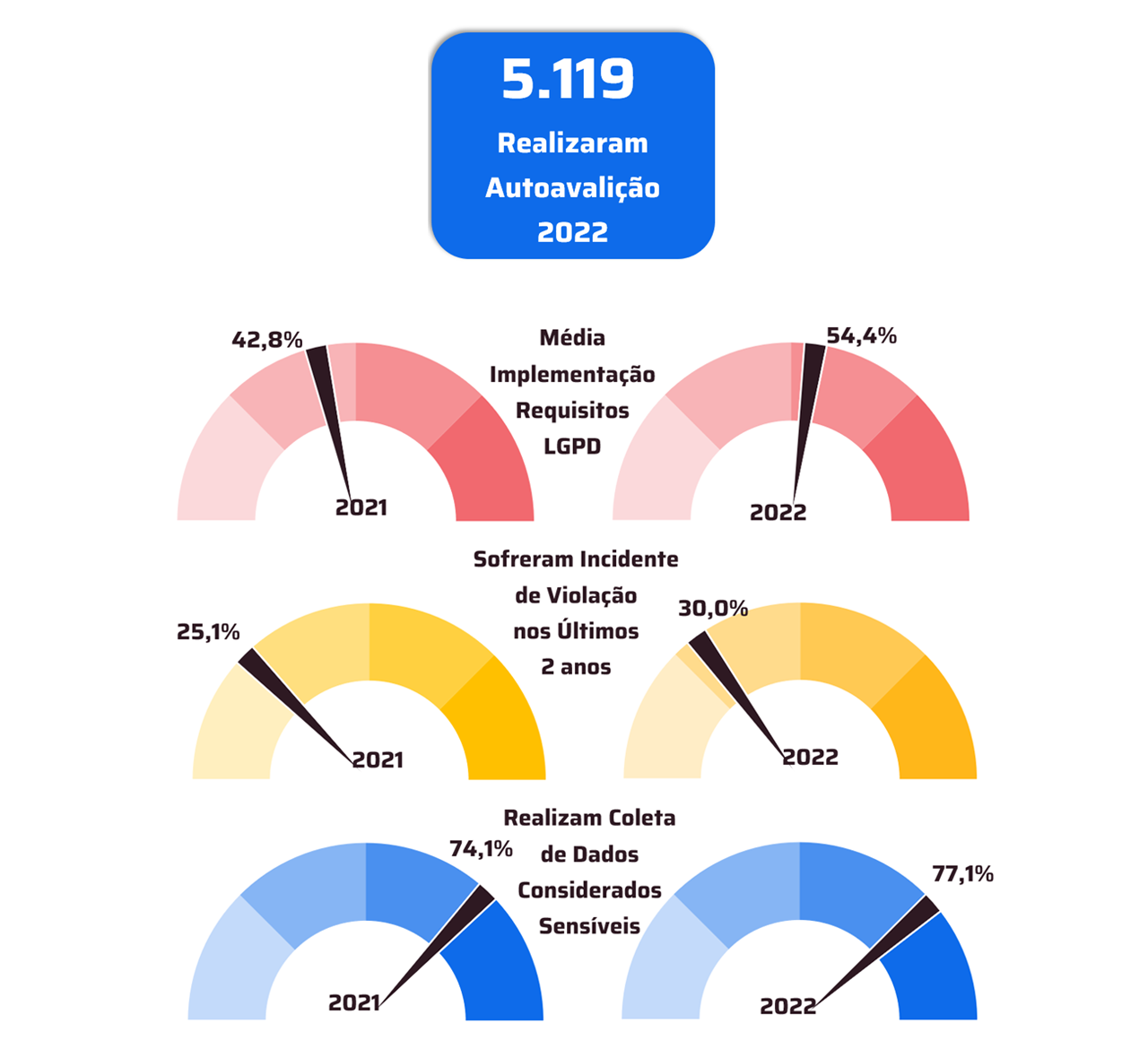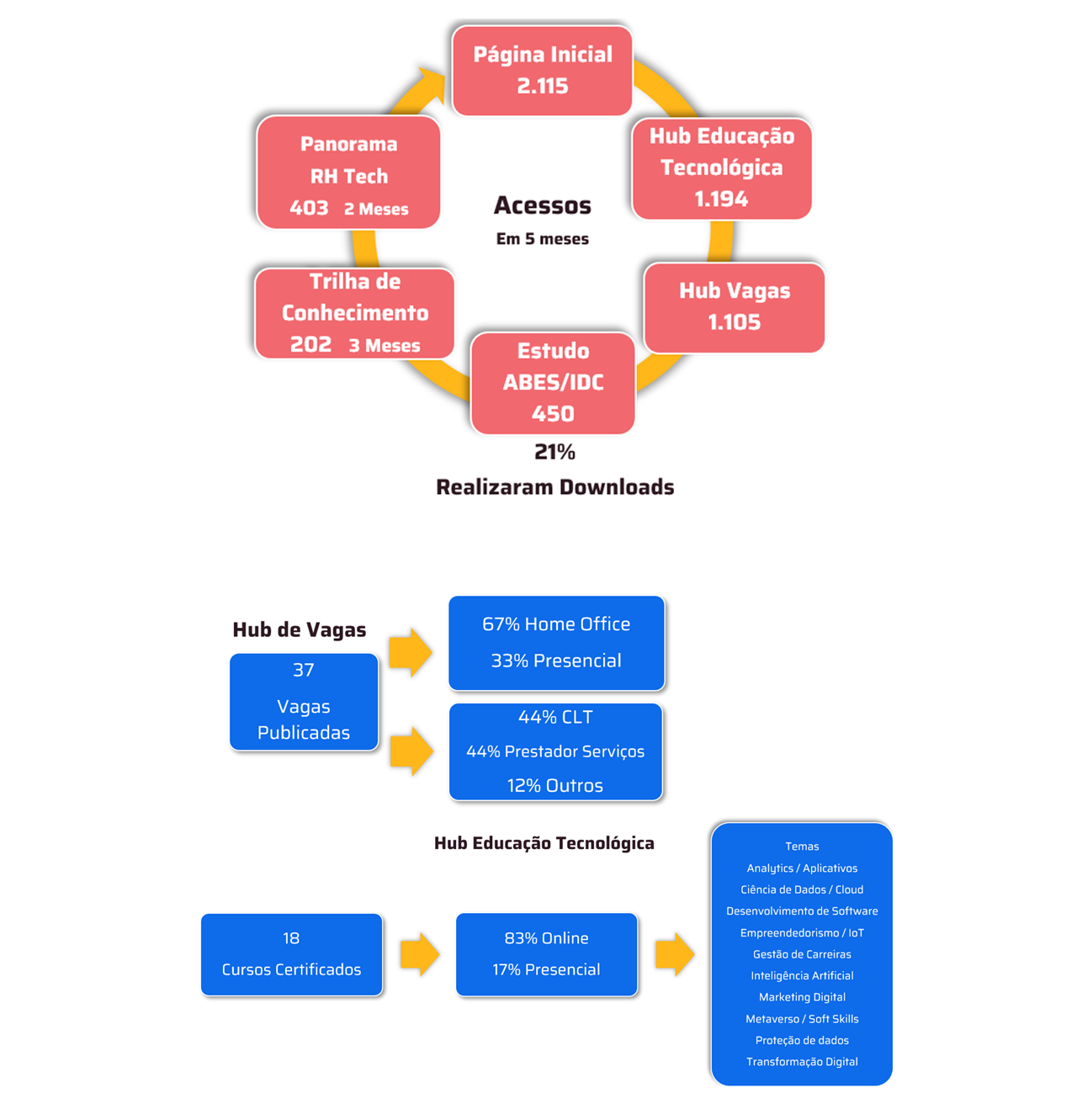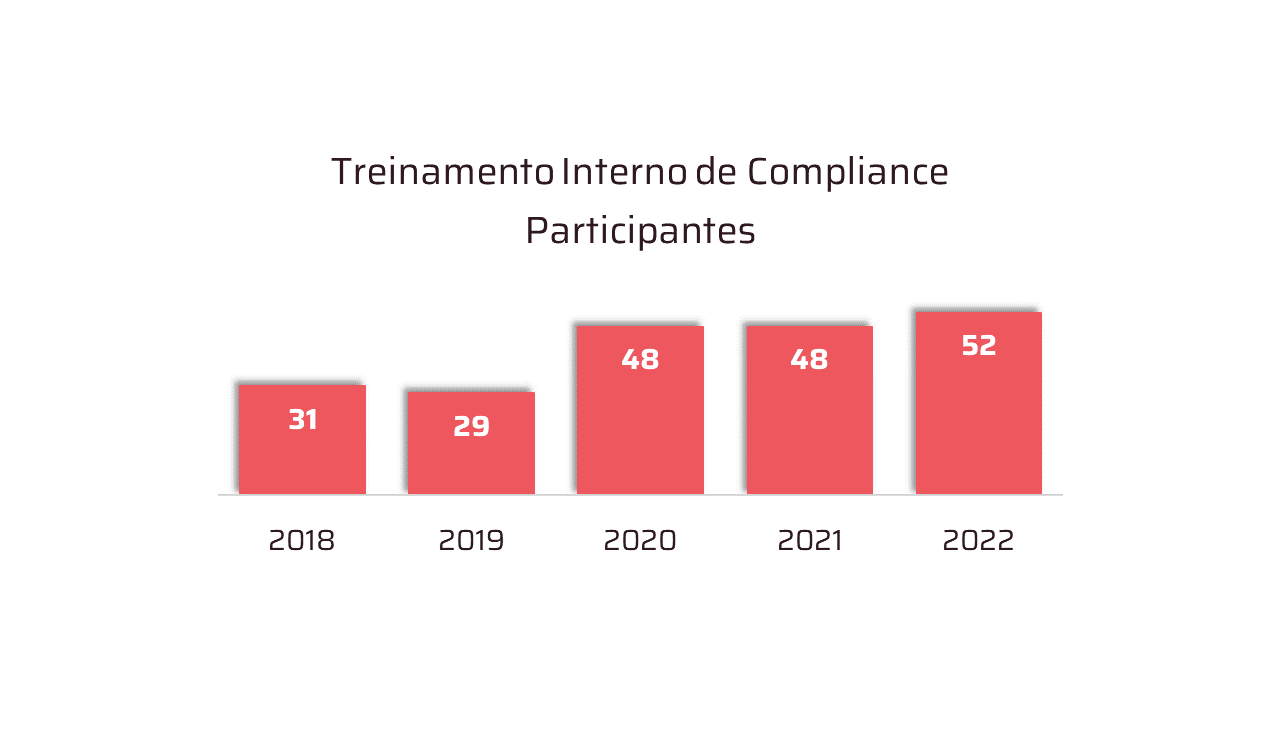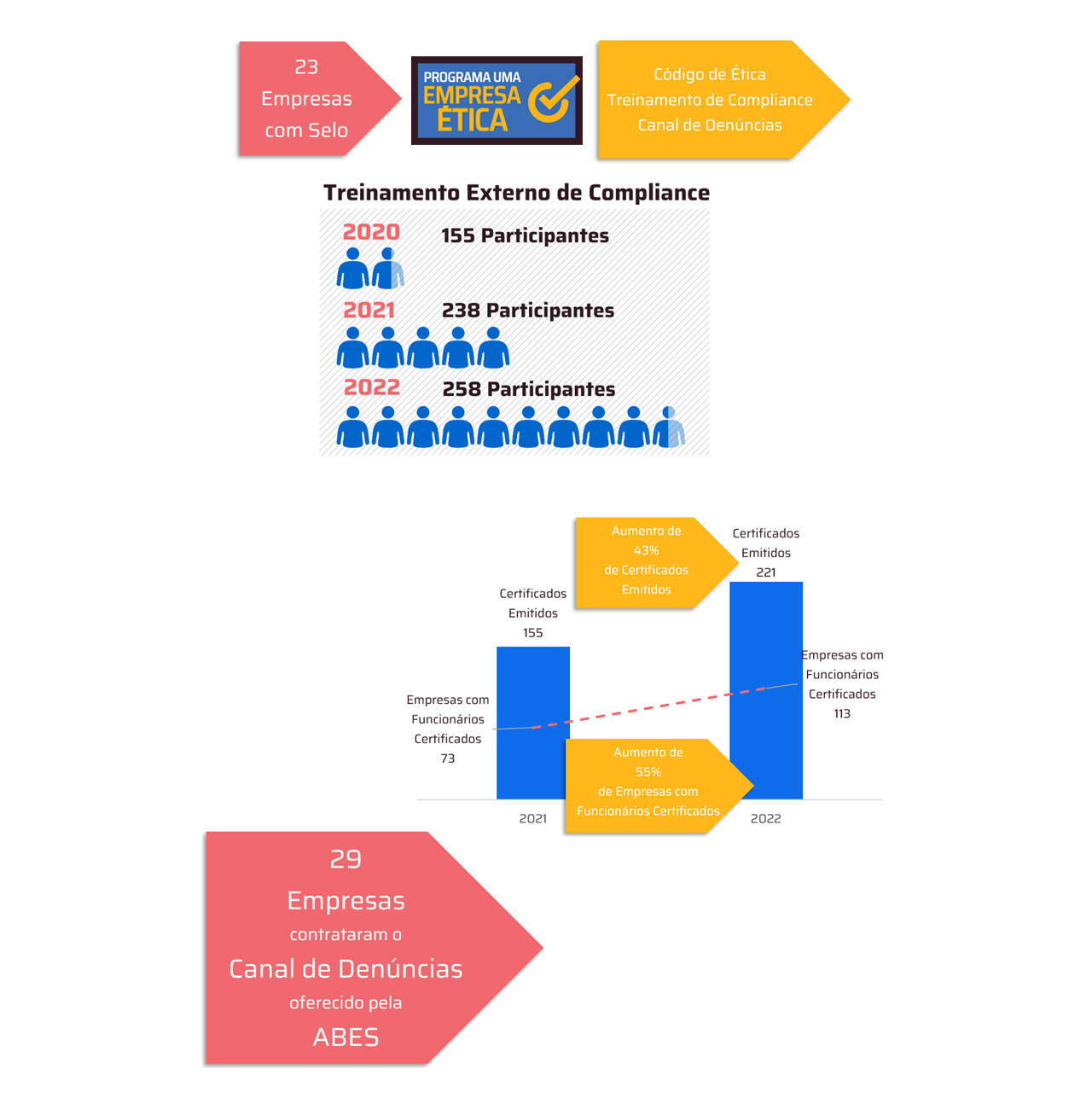 *By Jorge Moskovitz
*By Jorge Moskovitz
In recent years, we have witnessed a revolution in the data industry. Digital transformation, once an imperative, is now a consolidated reality. The discussion has changed: it is no longer about “if” companies should integrate artificial intelligence (AI) and advanced analytics into their processes, but “how” to ensure that these solutions deliver real performance and value.
Experimentation has given way to efficient execution. The adoption of generative AI and advanced analytics solutions has grown to become an operational imperative. Organizations now need to prioritize superior stability and experience to ensure that their data products—an approach that delivers high-quality, curated, AI-ready datasets—actually deliver business results. Performance is no longer a technical detail but a strategic consideration. As a result, data products that are slow, unstable, or unable to generate actionable insights have no place in the market.
In this scenario, it is not enough to integrate different data sources or offer interactive dashboards. The challenge is to make each data query, analysis and prediction useful, fast and impactful. This performance of data products must focus on excellence throughout the data journey, from its capture to its transformation into valuable insights, with agility, stability and security. This must be prioritized when we talk about obtaining and using valuable information and, to ensure this, there are some essential pillars to be adopted.
Continuous monitoring of the performance of data products in real time is one of the main pillars, important for identifying bottlenecks and optimizing processes before they negatively impact the end user. In retail, especially during periods of high demand such as Black Friday, for example, constant monitoring of the performance of data products can be the key to success. By implementing an analytics solution with continuous monitoring based on AI, retailers can identify bottlenecks in data processing and optimize queries on websites before end users – their customers – notice the slowdown generated by the occasion. As a result, the user experience is improved, increasing conversions during the event.
In this context, the use of data streaming, which processes information as it arrives, ensures the generation of insights without overloading the business infrastructure. The optimization of calculations, with dynamic aggregations, also allows for rapid analysis even with large volumes of information. Incremental loads, with techniques such as Change Data Capture (CDC) to avoid unnecessary reprocessing and make ETL/ELT (extraction, transformation and loading) processes more optimized, are also some of the key pieces to ensure the strategic use and performance of data.
Resource optimization is also a fundamental part of this journey, balancing efficiency and costs. Data infrastructures must be scalable and efficient, and the Cloud is an important approach in this regard. However, cost management with Cloud Computing, storage and processing is essential to ensure that performance does not generate excessive expenses without return.
In a real case, a fintech that faced a growing volume of transactions managed to reduce its cloud data storage and processing costs by 30% by using optimization tools such as data compression, dynamic load adjustment and prioritization of critical data queries, maintaining performance and ensuring scalability.
Strategies such as moving older data to more cost-effective storage tiers, for example, can also reduce costs by up to 30%, while implementing pre-aggregations speeds up calculations and analysis, reducing response times. In addition, intelligent retention policies, based on well-defined data catalog rules, ensure that only essential data is available at any given time without overloading the infrastructure.
It is worth noting that performance is not just a technical issue; it needs to be perceived by the user who consumes the data. The interaction experience is a key factor for the success of analytics. Intuitive interfaces, quick responses and actionable insights are key to the adoption and positive impact of data on business. Companies that invest in conversational solutions, which allow data queries in natural language; dashboards with responsive design and UX-based (User Experience) dynamic for simplified visualizations; and AI-generated insights via machine learning make data more accessible and eliminate technical barriers for users.
Sustaining this level of performance and usability requires an ongoing commitment to evolution. Companies need to continually keep up with the growing complexity of their data and changes in the market to stay ahead, maintaining a constant cycle of process review and adoption of new technologies.
We are living in a new era in the industry, in which data is the main asset of organizations, and the performance of its use defines the success or failure of businesses. Therefore, it is not enough to have access to information; it is essential to transform it into value. Companies that understand this new dynamic and focus on the performance of their data products will be prepared to lead the future. The time is now: performance and value must be at the center of the data strategy of every organization seeking growth and relevance in this digitalized market.
*Jorge Moskovitz, Enterprise Account Executive at Qlik
Notice: The opinion presented in this article is the responsibility of its author and not of ABES - Brazilian Association of Software Companies













